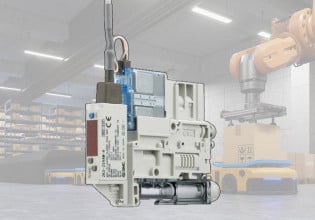R
We have lube oil tank of total height 1090mm. The levels to be measured given as High=370mm, L=520, LL=550mm from tank top. Level span given is 75mm to 600mm from tank top. DP transmitter is available there as existing.
600mm is the difference between two tappings. Low tap is connected to transmitters high side and high tap (downside) to the transmitters low. Transmitter is placed 210mm below from lower tapping point.
We have changed the transmitter only. can any expert tell what should be the DP range for correspondence level?
thanks
600mm is the difference between two tappings. Low tap is connected to transmitters high side and high tap (downside) to the transmitters low. Transmitter is placed 210mm below from lower tapping point.
We have changed the transmitter only. can any expert tell what should be the DP range for correspondence level?
thanks






